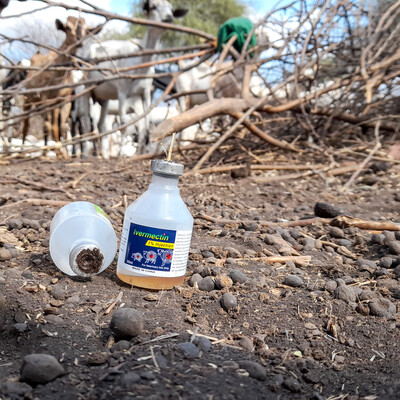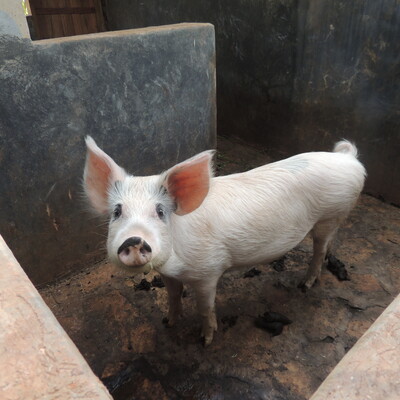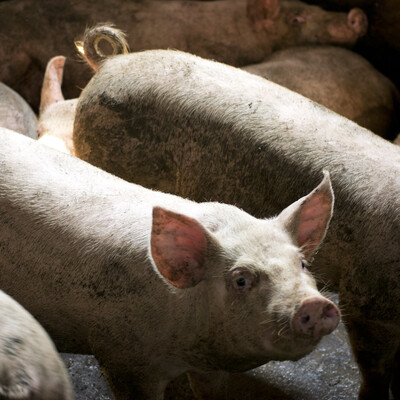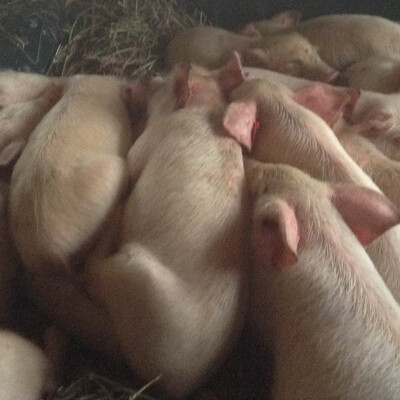
Regional task force explores ways to improve the uptake of East Coast fever vaccines in eastern and southern Africa
East Coast fever (ECF) is a deadly cattle disease caused by the tick-borne parasite Theileria parva. Up to 50 million cattle in east, central and southern Africa are at risk of ECF, affecting 20 million smallholder livestock keepers who depend on cattle as a source of income and livelihood.
A vaccine against ECF, referred to as the Infection and Treatment Method (ITM), is highly effective, providing lifelong immunity to related T. parva infections.
However, uptake of ITM by farmers in the region has been slow, mainly due to a lack of investment by the private sector.
Other constraints include the high cost of liquid nitrogen used to store the vaccine and bureaucratic hurdles in vaccine registration.
Additionally, relocation of vaccine production from Kenya to the Malawi-based Centre for Ticks and Tickborne Diseases (CTTBD) increased the cost per unit in East Africa from USD 1.75 to USD 3.2.
To address these constraints in the uptake of the ECF ITM vaccine, Feed the Future Innovation Lab for Animal Health convened a virtual stakeholder workshop on 9 September 2021.
During the workshop, a regional task force was set up to identify specific ways to improve the uptake of the vaccine by livestock keepers in eastern and southern Africa.
The task force held its inaugural virtual meeting on 20 April 2022 to agree on membership and terms of reference. The meeting was convened by the International Livestock Research Institute (ILRI).
A follow-up meeting was held in Lilongwe, Malawi on 27–28 September 2022 to discuss specific constraints to the distribution of the ECF ITM vaccine and how best to overcome them to improve availability and adoption of the vaccine.
The ILRI scientists in attendance in Lilongwe were Henry Kiara, Musa Mulongo and Vish Nene. Also present were Chief Veterinary Officers from Kenya, Malawi and Rwanda as well as representatives from CTTBD, Feed the Future Animal Health Innovation Lab, the East African Science and Technology Commission, GALVmed, Washington State University and agro-vet distributors in Kenya, Malawi, Rwanda, South Sudan and Uganda.
To address the constraint of vaccine registration, the meeting heard that the Uganda National Drug Authority, on behalf of the East African Community (EAC), has already inspected CTTBD for Good Manufacturing Practice certification and presented its report. Through a process of mutual recognition of veterinary medicines, the subsequent registration of the vaccine will be valid in all EAC member countries.
Options to reduce the cost of the vaccine include the use of less costly but effective vaccine diluents produced in respective countries to cut the cost of freight as well as cheaper alternatives to alamycin, an oxytetracycline antibiotic solution used in the ITM.
To ensure sustainable production of the ECF ITM vaccine, various institutional arrangements are possible including private-public partnerships and contract production agreements between distributors and CTTBD.
Going forward, CTTBD will take the lead in convening the task force, with secretarial support from Feed the Future Animal Health Innovation Lab.
For more information, download the workshop report or contact Henry Kiara (h.kiara@cgiar.org).
Photo credit: A Maasai man in northern Tanzania vaccinates a cow against East Coast fever (ILRI/Stevie Mann)


















